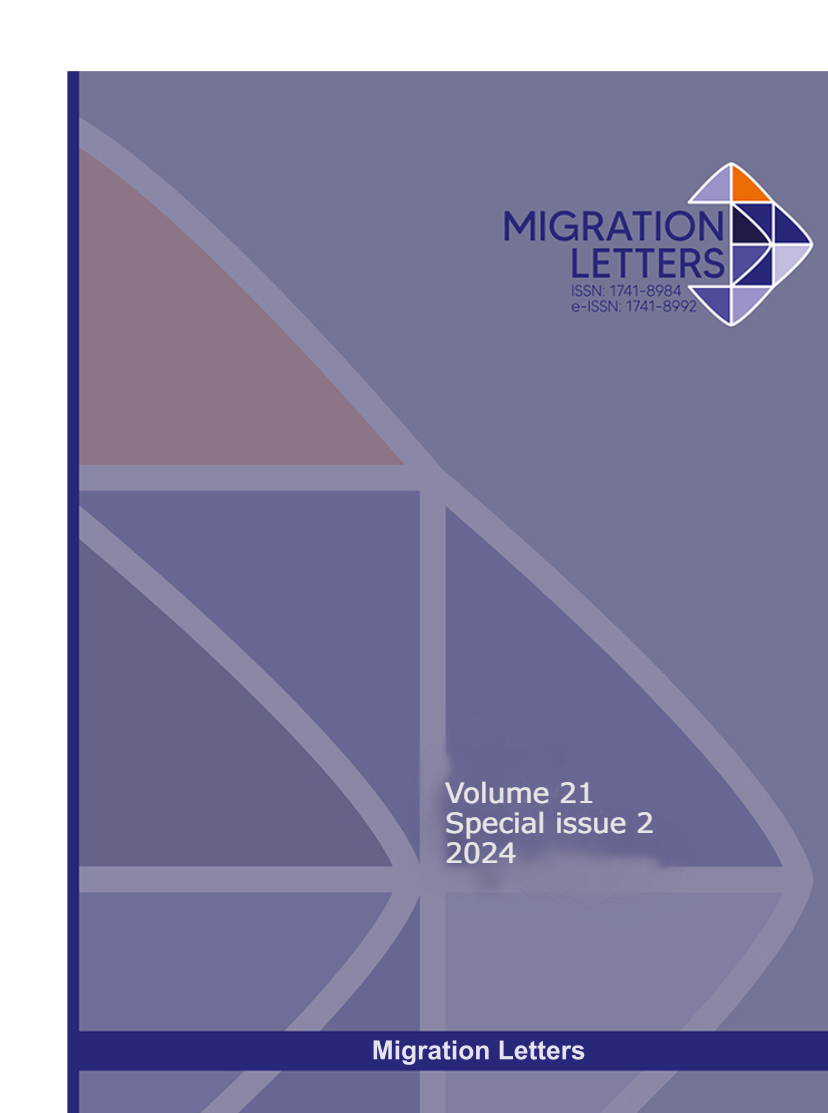Research on the Relationship between Educational Equity and Regional Economic Growth: A Case Study of Guizhou Province
Abstract
Based on statistical data from Guizhou Province from 2002 to 2020, this study uses the average years of education as an indicator to establish a provincial Gini coefficient as a measure of educational equity in Guizhou Province. Employing OLS regression model, LASSO regression model, and VAR model, the study explores the economic development status of Guizhou Province. The results show that the educational equity in Guizhou Province has an inverted U-shaped relationship with the overall economic development. Using LnGDP as the dependent variable for regression, it is found that an educational Gini coefficient of 0.232 is most beneficial for economic development. Additionally, the impact of the educational equity level in Guizhou Province on economic development also exhibits some lag. As such, Guizhou should distribute educational funds between regions reasonably. In the long term, educational equity significantly impacts economic growth, but there is no bidirectional causality between the two. This suggests that inherent institutional obstacles within the market economy system not only lead to an increasingly widening income gap, hindering social mobility but also impede economic development. To promote the continuous and steady development of China's socio-economy, it is necessary to persistently and comprehensively promote social and educational equity and overall development.
Metrics
Downloads
Published
How to Cite
Issue
Section
License

This work is licensed under a Creative Commons Attribution-NonCommercial-NoDerivatives 4.0 International License.
CC Attribution-NonCommercial-NoDerivatives 4.0






